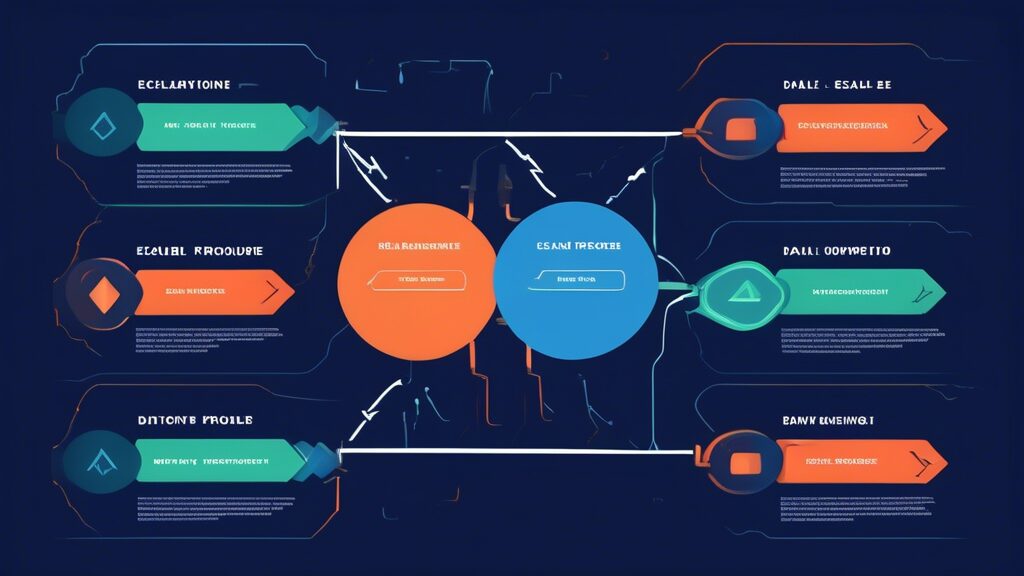Understanding Escalation Procedures: A Comprehensive Guide
In any organizational setting, conflicts and challenges are inevitable. Whether it’s a customer service issue, a technical glitch, or an internal dispute, having a structured system for resolving these problems is crucial. This is where escalation procedures come into play. These procedures provide a clear roadmap for addressing issues that cannot be resolved at the initial point of contact, ensuring timely and effective resolution.
What are Escalation Procedures?
Escalation procedures are predefined steps that outline how an issue or problem should be escalated within an organization when it cannot be resolved at the first level of support. These procedures typically involve a hierarchical structure, where the issue is passed on to individuals or teams with increasing levels of authority and expertise until a resolution is reached.
Why are Escalation Procedures Important?
Implementing well-defined escalation procedures offers several benefits:
- Improved Efficiency: Escalation procedures streamline the problem-solving process by providing a clear path for issue resolution. This reduces delays and ensures that problems are addressed promptly.
- Enhanced Customer Satisfaction: By having a structured system in place, customers feel confident that their concerns will be heard and addressed effectively, leading to higher satisfaction levels.
- Reduced Costs: Efficient escalation procedures can prevent issues from escalating into larger, more costly problems, saving the organization time and resources.
- Clear Accountability: Escalation procedures establish clear lines of responsibility, ensuring that everyone involved knows their role in the resolution process.
Key Components of Escalation Procedures
Effective escalation procedures typically include the following components:
- Trigger Points: These are specific criteria that determine when an issue should be escalated. This could be based on the severity of the problem, the time it has remained unresolved, or the customer’s level of dissatisfaction.
- Escalation Levels: This defines the different tiers of support within the organization, outlining who should be contacted at each stage of the escalation process.
- Escalation Methods: This specifies how the issue should be escalated, whether it’s through phone calls, emails, ticketing systems, or face-to-face meetings.
- Response Times: This sets clear expectations for how quickly each level of support should respond to escalated issues.
- Documentation: Maintaining detailed records of escalated issues, including actions taken and resolutions reached, is crucial for future reference and process improvement.
Designing Effective Escalation Procedures
When designing escalation procedures, consider the following factors:
- Organizational Structure: The procedures should align with the organization’s hierarchy and reporting lines.
- Types of Issues: Different types of issues may require different escalation paths. Tailor the procedures to address specific needs.
- Resources and Expertise: Ensure that each escalation level has the necessary resources and expertise to handle the issues escalated to them.
- Communication Channels: Establish clear communication channels for escalating issues and keeping all stakeholders informed.
- Regular Review: Periodically review and update the escalation procedures to ensure they remain effective and relevant.
Examples of Escalation Procedures
Escalation procedures can be implemented in various settings, including:
- Customer Service: When a customer’s issue cannot be resolved by the first-line support agent, it may be escalated to a supervisor or manager, and potentially further up the chain to specialized teams or executives.
- IT Support: Technical problems may be escalated from the help desk to system administrators, network engineers, or software developers depending on the complexity of the issue.
- Project Management: If project risks or roadblocks cannot be resolved within the project team, they may be escalated to project managers, program managers, or steering committees.


